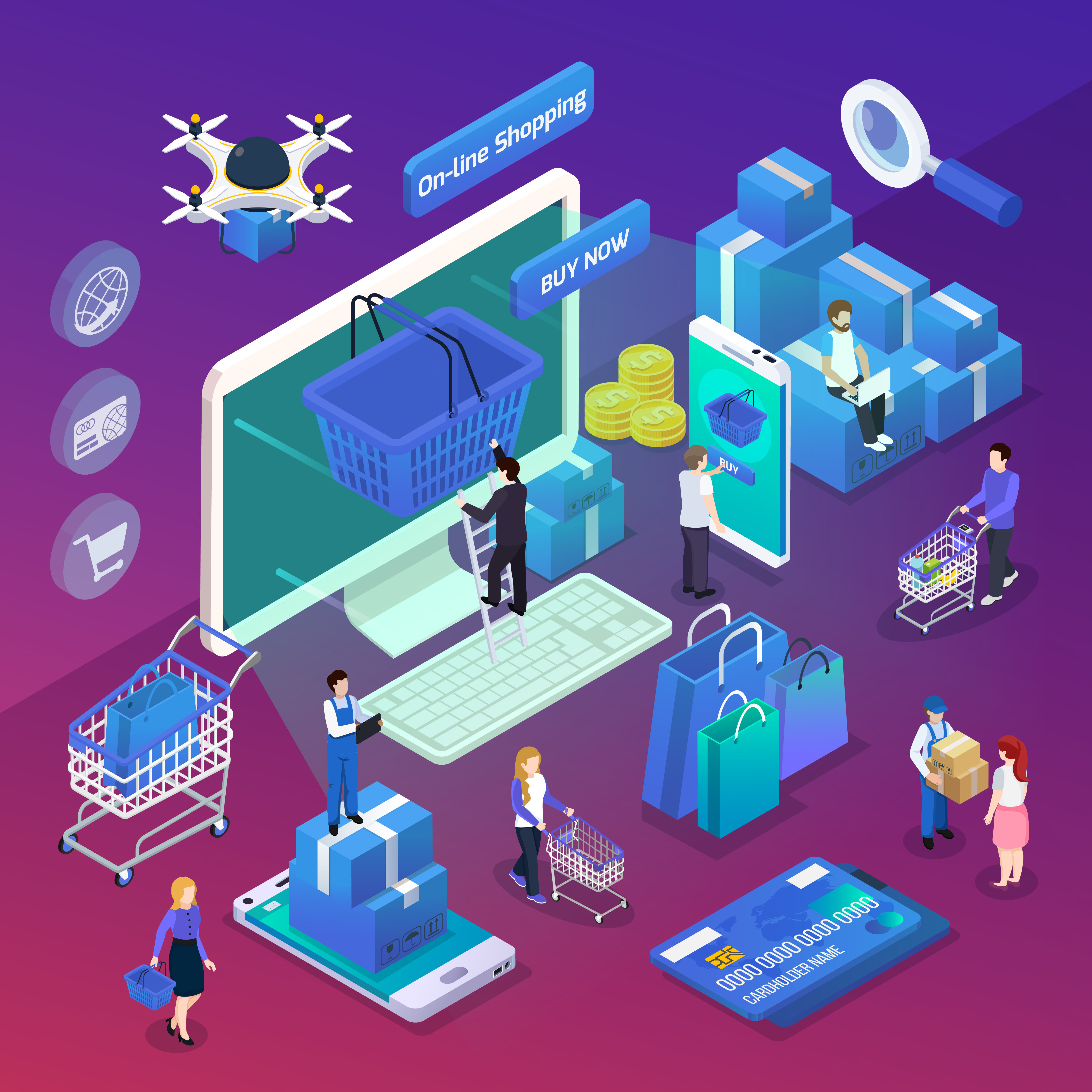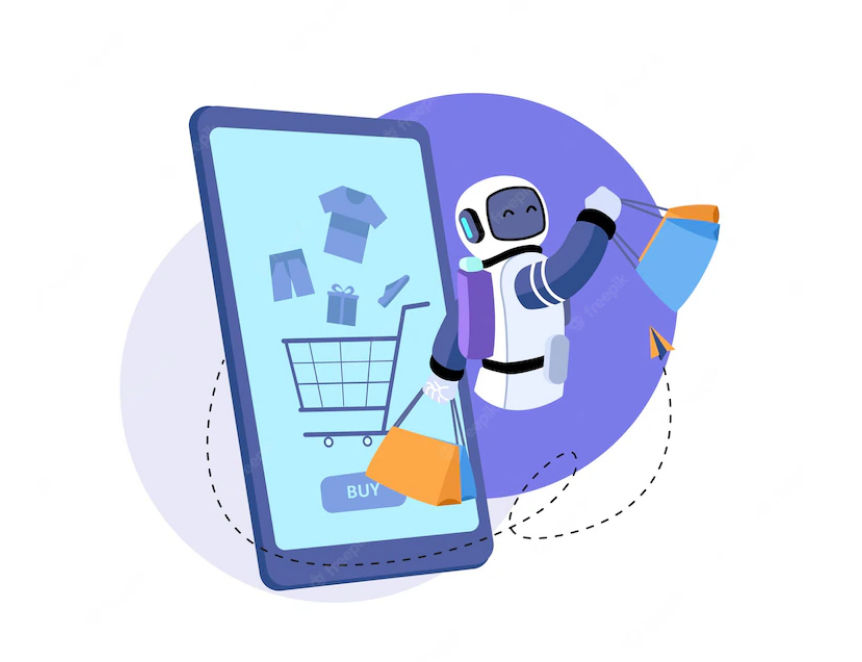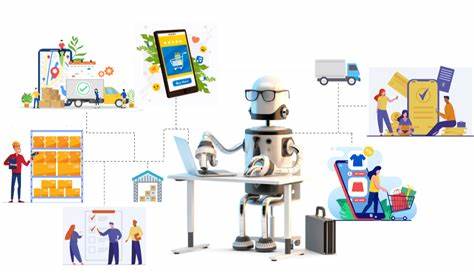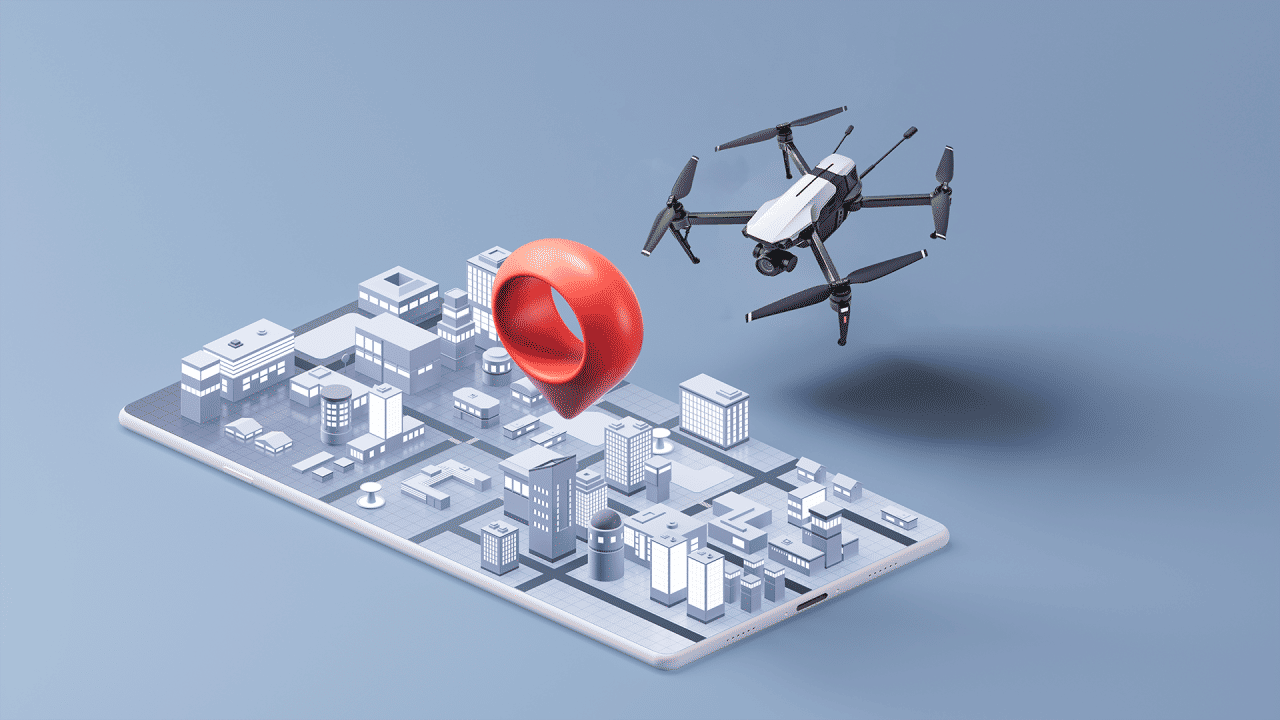Artificial Intelligence tools to make your ecommerce store smarter.
Running an e-commerce store can be a laborious and time taking task. There are too many efforts and task that needs to be perform in too little time. Super Admin have to handle copywriting, setting up ads, graphics design, and a million other tasks. Introduction of AI tools leads to the popularity of advance eCommerce stores and search and filtration process. These tools make your shopping experience easy and userfriendly thus you can can save time and money in areas like marketing, content creation, customer support, search engine optimization etc.
According to research by Accenture, AI could potentially boost profitability rates by an average of 38% across 16 industries by 2035.
AI will particularly benefit the retail sector because of its immediate impact on two fundamental areas that have a serious impact in retail ecommerce: creating a very personalized shopping experience and making smart business decisions.

1. Individual product suggestions
Data collection and processing for customers' online buying experiences are now simpler than ever. Personalized product recommendations are made using artificial intelligence and are based on historical consumer behavior and lookalike customers.
Machine learning is used to examine your purchase history by websites that suggest products you might enjoy based on previous purchases. Retailers rely on machine learning to gather data, examine it, and apply it to provide a customized experience, put a marketing strategy into place, optimize pricing, and produce customer insights.
For routine applications in ecommerce organizations, machine learning will eventually require less and less engagement from data scientists.
2. Price management.
With AI-enabled dynamic pricing, you can adjust the price of your product based on supply and demand. Today's systems can forecast when and what to discount based on the right data, dynamically determining the minimal discount required for the sale.

3. Improved client support.
With the help of chatbots and virtual assistants, you can provide the impression of providing higher touch customer assistance. Although these bots aren't entirely self-sufficient, they can help with straightforward transactions so that live support personnel can concentrate on more complicated problems.
The 24/7 accessibility of virtual agents allows for quick resolution of basic queries and concerns at any time of day without keeping your customers waiting.
4. Segmenting the Consumer.
Ecommerce companies may now better understand their customers and spot emerging trends thanks to increased access to company and customer data as well as computing capacity.
"AI systems can investigate highly complicated and varied alternatives for consumer engagement very fast, and they can continuously improve their performance as more data becomes available," according to an insight from Accenture. In order to attain precision, marketers can define parameters and let AI optimize and learn.

5. Brilliant logistics.
In logistics, machine learning's predictive abilities "shine, helping to forecast transit durations, demand levels, and shipment delays," according to research by Emerging Tech Brew.
Utilizing real-time data from sensors, RFID tags, and other sources is at the heart of smart logistics, also known as intelligent logistics, which aims to manage inventories and more accurately predict demand. In order to provide better predictions for their supply chain and logistics tasks, machine learning systems get wiser over time.
6. Demand and sales forecasts.
You should base your inventory planning, especially in the period leading up to and following COVID-19, on both current and past data. You can accomplish that with the use of artificial intelligence. According to a recent McKinsey analysis, investing in real-time customer analytics will remain crucial for tracking and responding to changes in consumer demand that may be used for targeted marketing or price optimization.







